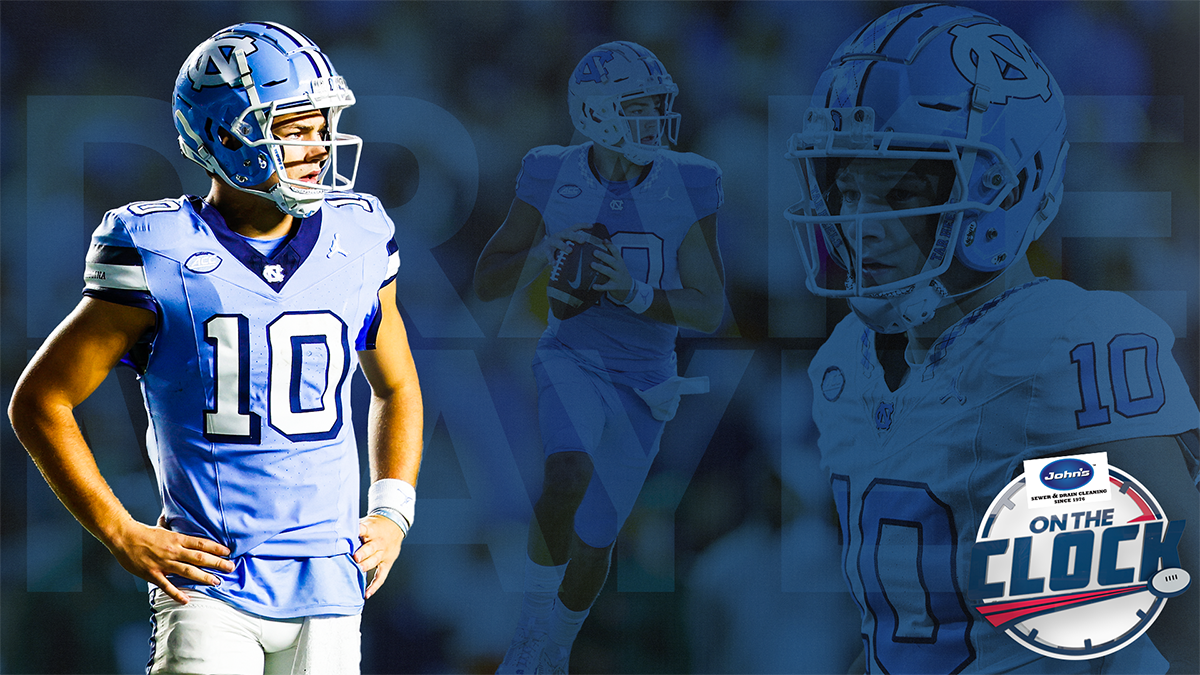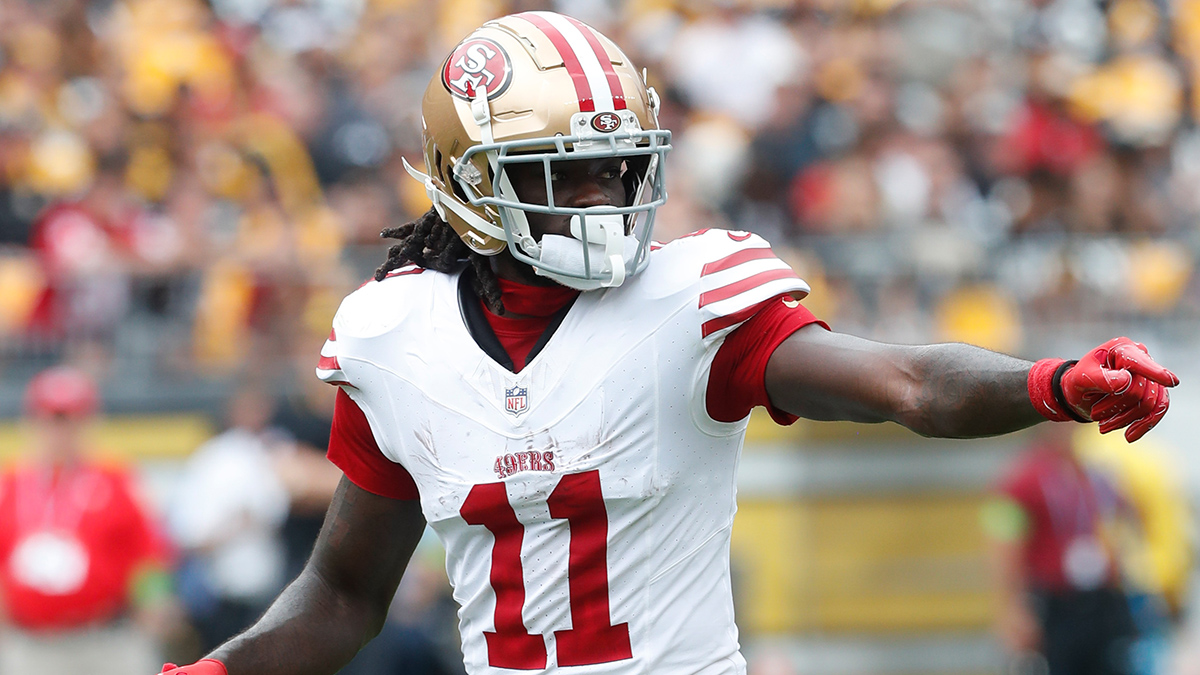
Saturday could very well be the last game of Vince Wilfork’s prolific career. He’ll play it for the Texans against the Patriots.
Of course, he’ll always be associated with the latter far more than with the former. But what if the Texans drafted him when they could (and should) have?
This isn’t an “every team failed by not drafting Tom Brady in the first round” thing; each draft has its diamonds in the rough. Vince Wilfork wasn’t a diamond in the rough, though. He was a top prospect in the 2004 draft, ranked 11th by ESPN’s Scouts, Inc. and 13th on Mel Kiper Jr.’s big board. The Texans needed help on the defensive line, played a 3-4 and had the 10th overall pick.
They would end up going defensive tackle in the first round a year later (Travis Johnson), but their passing on Wilfork in 2004 created a slide that did wonders for the defending champion Patriots, who should also remain grateful to the Ravens for trading them what ended up being the 21st pick in that draft.
Holding a top-10 pick, as Houston did, means being able to go in a number of different directions and come away with what could be a stud. If the Texans wanted to soften the annual beating David Carr took, they could have taken Shawn Andrews or Vernon Carey. If they wanted to pull the plug on Carr altogether after two seasons, they could have opted for Ben Roethlisberger.
That Texans team was dreadful against the pass (31st in passing yards allowed), so Charlie Casserly went cornerback and took Dunta Robinson out of South Carolina.
Had the Texans gone D-tackle, they’d have had their choice of Wilfork and Oklahoma’s Tommie Harris. By taking neither, that choice was passed on to the D-tackle-needy Bears, who opted for Harris. That pick was nothing to sneeze at, as Harris was a three-time Pro Bowler for Chicago.
New England Patriots
Once the Bears took Harris, the possibility of Wilfork falling to a team -- the Patriots -- that had just lost Ted Washington in free agency was in play. Six teams needed to turn their attention elsewhere and it would be a reality.
That draft was considered to be loaded at receiver, so it stood to reason that at least one of those teams would take one. The Buccaneers did, taking Michael Clayton 15th overall and making him one of what remains an NFL-record seven receivers chosen in the first round.
With top-rated guard Shawn Andrew on the board, the Eagles traded up from No. 28 to 16 to grab him. The Broncos, who had previously traded Deltha O’Neal to Cincinnati to move from No. 24 to 17, went outside linebacker with D.J. Williams.
Wilfork wasn’t the only guy starting to slide, and that helped the Pats’ chances of getting him. The Saints got good value with Will Smith at No. 18, at which point the Vikings and Dolphins flipped the No. 19 and 20 picks. The Dolphins took Carey, and given that the Vikings had selected Kevin Williams 19th overall a year earlier and also had Chris Hovan, they didn’t seem a landing spot for Wilfork. They weren’t, as Minnesota took highly regarded defensive end Kenechi Udeze.
Had the Patriots not already shipped a second-round pick to Cincinnati for Corey Dillon that offseason, perhaps they might have had a decision to make with Steven Jackson having also slid. Taking Wilfork was a no-brainer, however, and his selection played a major factor in them getting to four Super Bowls and winning two. Wilfork was a five-time Pro Bowler and four-time All-Pro (first team once, second team three times).
Robinson had a fine six seasons for the Texans before money ruined the relationship and he fled for Atlanta in free agency. The Texans obviously ended up getting Wilfork in the 2014 offseason, but it’s interesting to wonder what the trickle-down effect for both franchises would have been had they taken him in ’04.


